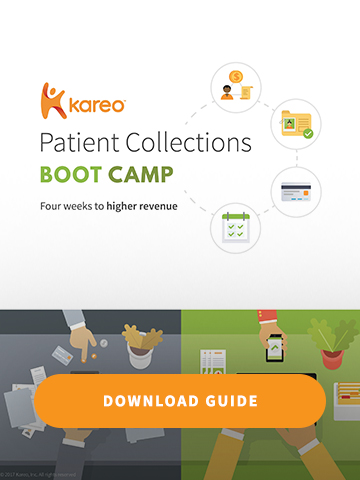Affordable Care Act Open Enrollment: What You Need to Know
It's that time again, when the leaves turn autumn brown and pumpkins start showing up on doorsteps. We’re not just talking about Thanksgiving—it’s also the Affordable Care Act (ACA) open enrollment period. Unlike my favorite holiday, this annual event is often met with confusion and poorly communicated facts, so in the holiday spirit we are going to clarify the key information for you here.
1. Shorter Enrollment Period
First, let me confirm: the ACA is still the law of the land. Although it may continue to undergo incremental change in the next few years, it is still in effect and operational. Patients need to be aware that the enrollment period is shorter than previous years (6 weeks vs. 12) starting November 1, and ending on December 15, 2017. It is highly doubtful any extension will be added to this period as in the past, so procrastinators beware.
Enrollment resources:
2. Subsidies Still In Place for Low/Middle Income
While new numbers released by the Trump administration show that the average cost of a benchmark policy will be about 27 percent higher next year, financially challenged patients will still have access to significant subsidies to reduce overall cost via the exchanges. In fact, the average tax credit offered to low and middle income consumers to cut the price of their insurance will rise 45 percent, as compared to last year. In addition, the federal poverty level has increased allowing a larger group of people to qualify for a subsidy this year.
"In theory anyone who gets a subsidy should do better next year."
—Charles Gaba, healthcare policy analyst quoted by NPR
Gaba offers one piece of advice: Shop around.
3. Fewer Insurers and Plans
From the provider perspective, for 2018 there will be fewer insurers and plans in many states, which could lead to payer mix challenges and potential coverage gaps for existing patients. As a rule, providers should be proactive and verify with insurers whether or not they are included in their marketplace-based insurance networks, and alert health plans if their network status changes so that provider directories can be updated. This will serve both the provider and patient and reduce billing errors.
4. High-Deductible Health Plans Still on the Rise
Provider reimbursement will also face new headwinds in 2018 as ACA high-deductible health plans continue to expand. Together with commercial consumer-driven plans, this continued rise of deductibles challenges the ability of doctors to collect from patients. The presence of high-deductible health plans has grown five-fold over the past 10 years and the trend is associated with an increase in patient bad debt. A Kaiser Family Foundation survey released this year showed that 43 percent of insured people reported having trouble paying their deductible, up from 34 percent in 2015.
5. Get Your Patient Collections Process in Order
Knowing that patients will front an even higher financial burden for their healthcare in the coming year, providers would do well to adopt a consumer-centric approach to patient collections—making the process convenient and efficient for both parties. To address the problem and improve collections, providers should look to their healthcare IT vendors to provide technologically up-to-date electronic payment options that are integrated to their current clinical-financial software systems.
There are many unknowns in the current and near-future healthcare landscape, but one thing is clear: providers that make a comprehensive effort to modernize and streamline patient collections and communications will be better prepared to manage revenue and run a successful business in the coming year.
Here’s a free guide that walks you through the main elements of a patient collections plan.

















